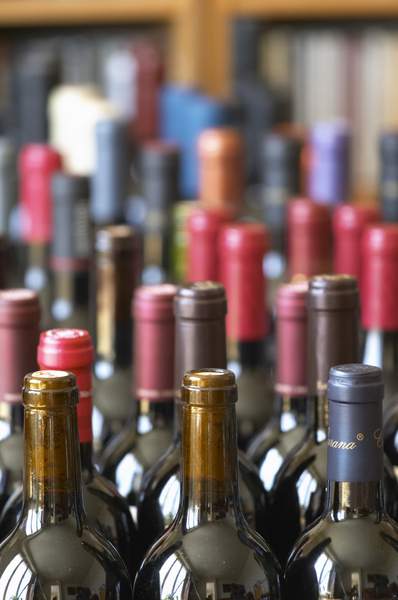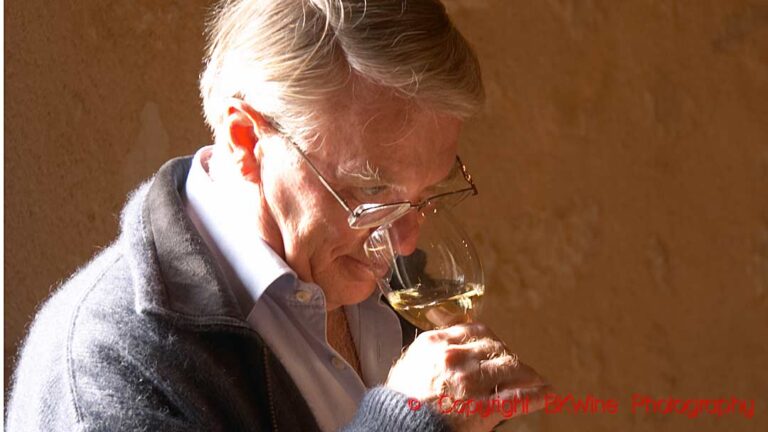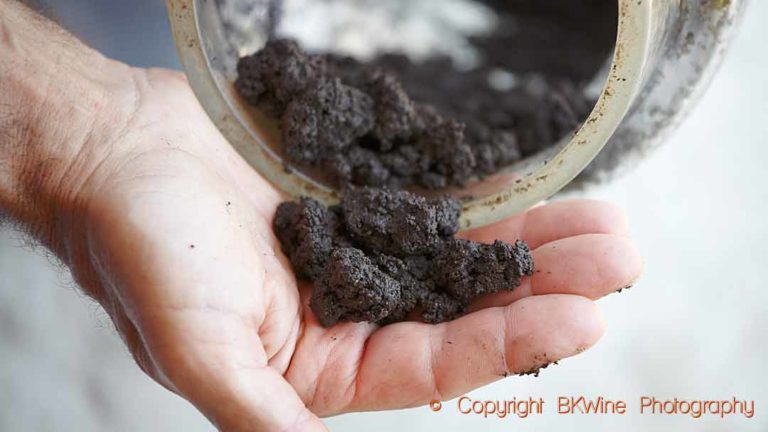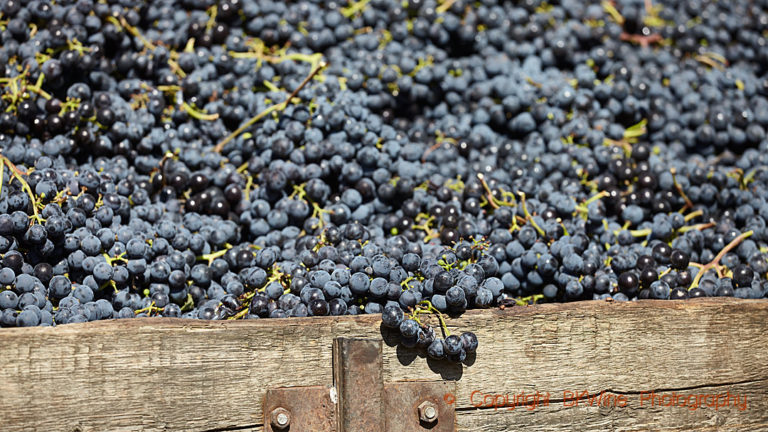One of the things that contribute to the ageing of wine is oxygen. Aging is, partially, a slow oxidation of the wine. It leads to changes in the flavour and aromas and it also changes the colour. Sometimes it goes too far and the wine becomes “oxidised” – a defect. Apparent oxidation in a wine can sometimes be desirable, as for instance in some sherry wines and in some wines from the Jura.
To reduce the speed of oxidation (and risk of spoilage) most winemakers add sulphur as a preservation agent.
So where does this oxygen come from? What has been much discussed is the oxygen transmission through the cork or closure. In particular this has been a subject of debate in the ongoing fight between “natural” corks and screw caps. But now it turns out that this might be peripheral.

“The oxygen transmission through a natural cork is an important part of the ageing process for quality wines and screw caps are too air-tight” the natural cork producers argue.
To counter that argument the screw cap producers have developed products that also transmit a little bit of oxygen through the silicon pad installed in the screw cap, often with very precisely defined transmission rates.
This type of oxygenation of a wine – through the cork or capsule – is often referred to as OTR, Oxygen Transmission Rate.
Researchers have now started to look at what might be even more important source of oxygen for the wine. First there is the oxygen dissolved in the wine at bottling (a gas can be dissolved in a liquid, just like CO2 in champagne). There is normally a tiny amount of oxygen dissolved in the wine and when it is bottle this amount can be increased radically with the handling: pumps, tubes, faucets etc. This is called dissolved oxygen (DO).
The latest “discovery” is that the “air pocket” between the cork and the wine can also be a very important source of oxygen. This is sometimes called Headspace Oxygen (HO). How much oxygen there is in the air pocket (as well as the DO) depends very much on how the bottling is done.
Some bottling lines fill the air pocket with inert gas thus completely eliminating the oxygen in it. The DO and the air pocket is referred to ad TPO, Total Packet Oxygen: HO+DO = TPO
Research at the Australian Wine Research Institute (AWRI) has shown that 60-70% of the TPO can come from the air pocket and that the TPO can be more important than the OTR. In other words, the cork and its permeability may sometimes be less important than how you bottle the wine.
(Partially based on an article in Drinks Business by Sally Easton MW: DO + HO = TPO (the new equation for successful bottling).)









One Response